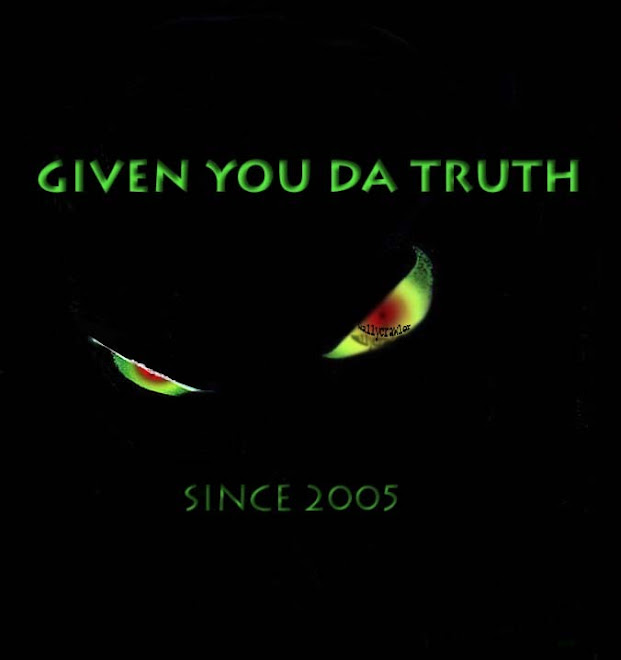Oil reported to be seeping near well
In a letter to BP official Bob Dudley, retired U.S. Coast Guard Adm. Thad Allen said that seeps have been detected in the sea bed.
BY JAWEED KALEEM
jkaleem@MiamiHerald.com
The U.S. government said Sunday that a seep was detected in the area of the oil well at the bottom of the Gulf, which could mean that oil is leaking from the seabed once again.
No details were given on the size or exact location of the seep, or on what it was made of, but a seep is usually a flow of hydrocarbons, which occur naturally in crude oil.
In a letter to BP official Bob Dudley, retired U.S. Coast Guard Adm. Thad Allen said that a seep was in the sea bed, and he told BP that monitoring of the seabed is ``of paramount importance'' because of the seep and ``undetermined anomalies'' at the wellhead. The letter asked BP to quickly tell the government of any seeps and requested a plan for quickly opening the well's choke valve to allow oil to flow -- and likely be siphoned up to boats -- if there's a leak.
If the well leak is confirmed, the well cap will likely be reopened to prevent the environmental disaster from becoming even worse and harder to fix. That means oil would likely gush once again into the ocean after three days of no new oil.
Allen gave BP 24 hours to give him a written update of ``your intentions going forward'' and said the he is ``concerned that all potential options to eliminate the discharge of oil be pursued with utmost speed until I can be assured that no additional oil will spill.''
He reminded BP that finishing two relief wells should be its priority and told the company to ``provide me your latest containment plan'' in the case that the current cap's test is suspended.
The letter was released late Sunday. Earlier in the day, BP and federal officials had given differing accounts about the success of the containment cap placed last week on the oil well.
Early Sunday, BP Chief Operating Officer Doug Settles had indicated that the company wanted to leave it in place until permanent relief wells were finished in August, well beyond an initial two-to-three day test period BP and the Obama administration had announced.
As long as the cap, which was placed Thursday, held, ``there is no target set to open the well back up to flow,'' Suttles had told reporters Sunday. ``No one associated with this whole activity . . . wants to see any more oil flow into the Gulf of Mexico,'' he said.
But Allen, the U.S. government's point man on the oil spill -- and the person with the final say -- outlined a different plan just hours later, saying ``nothing has changed'' and that more testing was needed on the containment cap. ``The ongoing well integrity test will continue . . . with the potential for additional extensions in 24-hour increment,'' he said.
Sunday's letter said the testing would continue but reflected increased government concern about safety issues. It also showed that BP's hopes to keep the containment cap on -- and the well sealed -- were less likely to go forward, despite the effort being the company's only success at a complete, if potentially temporary, plug to keep oil from gushing into the ocean.
Earlier Sunday, Allen said more work was needed to better understand why pressure readings from the well cap are lower than expected. There could be two reasons, he said: Either there's less oil in the reservoir because so much has flowed out, or oil is leaking out underground.
A pressure reading of over 7,500 psi, or pounds per square inch, would indicate the well casing is intact. A lower reading could suggest a leak.
On Sunday, pressure had reached 6,775 psi, BP said.
``While we are pleased that no oil is currently being released into the Gulf of Mexico and want to take all appropriate action to keep it that way, it is important that all decisions are driven by the science,'' Allen said.
Allen previously said that once tests were complete, the cap would be hooked up through nearly a mile of pipes stretching to ships on the surface that will collect the oil. That would mean oil would have to be released back into the Gulf for possibly three days to release pressure from the well.
The Associated Press contributed to this report.










0 Don't Just Sit There Say Sumthin !:
Post a Comment